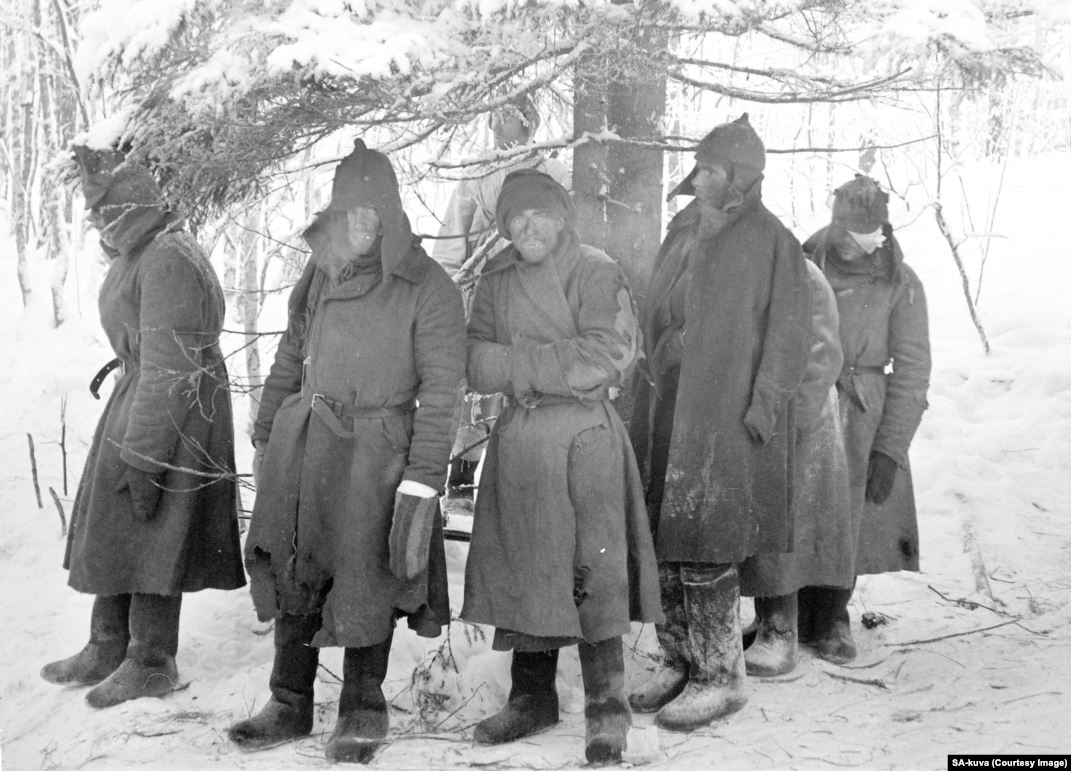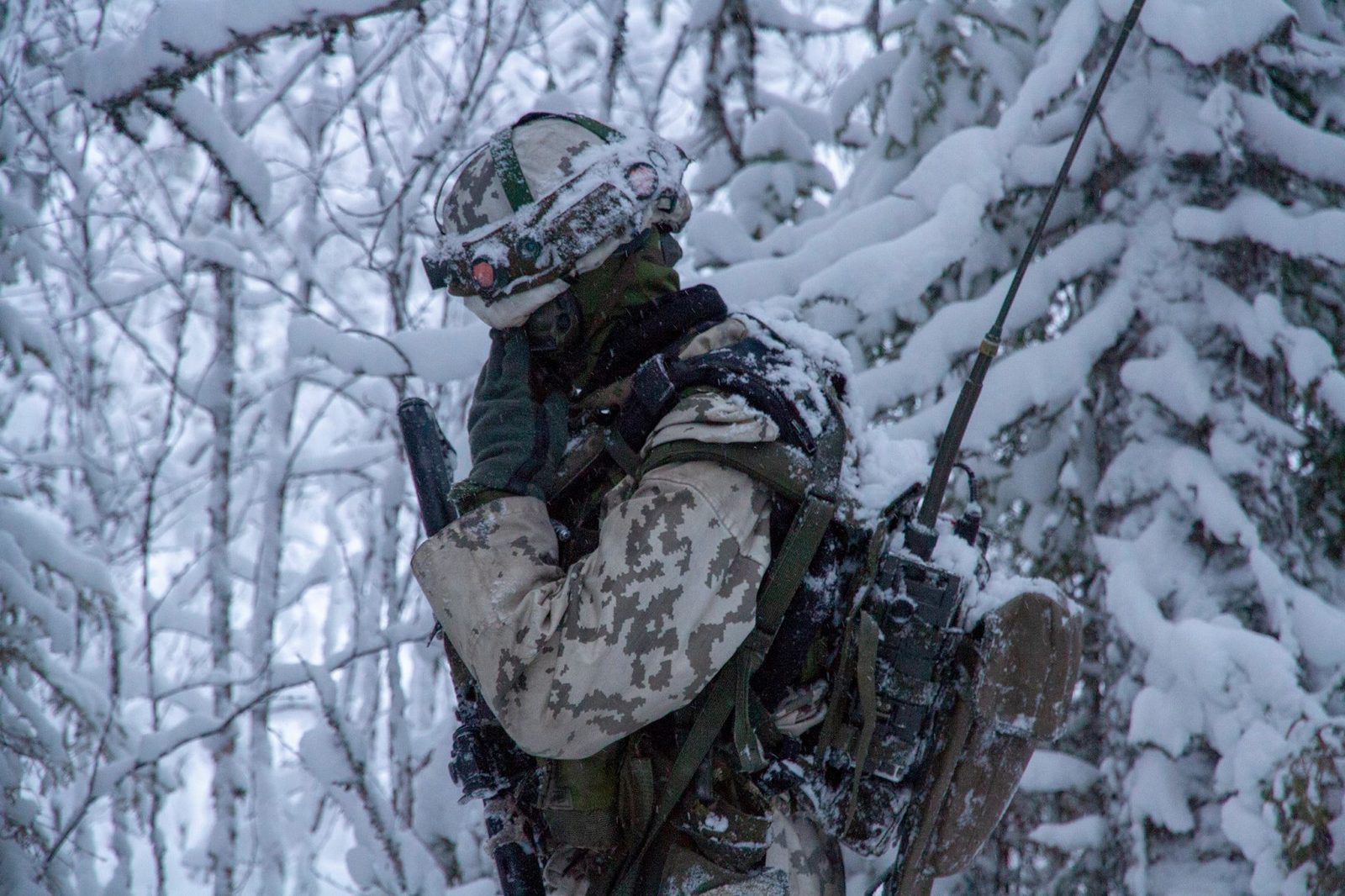One of the reasons for the poor performance of the Soviet Army in the Winter War with Finland in 1939/1940 was that, ironically, the Soviets were poorly trained and equipped for combat operations in an extremely cold, snow-covered environment.

Nordic people on the other hand know how to survive and thrive in the extreme cold of the frozen North, and the ranks of the Finnish Army in the 1930s and ’40’s were full of outdoorsmen who felt right at home in winter conditions. The Finnish Army also allowed its troops a good deal of latitude with regards to their personal clothing, so the men were able to supplement their basic issue gear with high quality homespun and commercially available winter clothing.

One of the fundamental, and critical, pieces of knowledge that the Finns possessed was the concept of layering for improved performance and protection in cold environments. Although most people know that extra warmth and comfort is gained from adding additional layers of clothing in cold weather, not as many understand how to do it properly, or that you need to adjust the number of layers depending upon your activity level – and the danger that can come from not doing so properly.
So, who better to guide us on a deep dive into this key skill than Jari Laine, CEO of Varusteleka? Check out his detailed coverage of this essential skill in the video below. There is also a very handy guide to layering for different temperature and activity levels on the Varusteleka Blog as well.